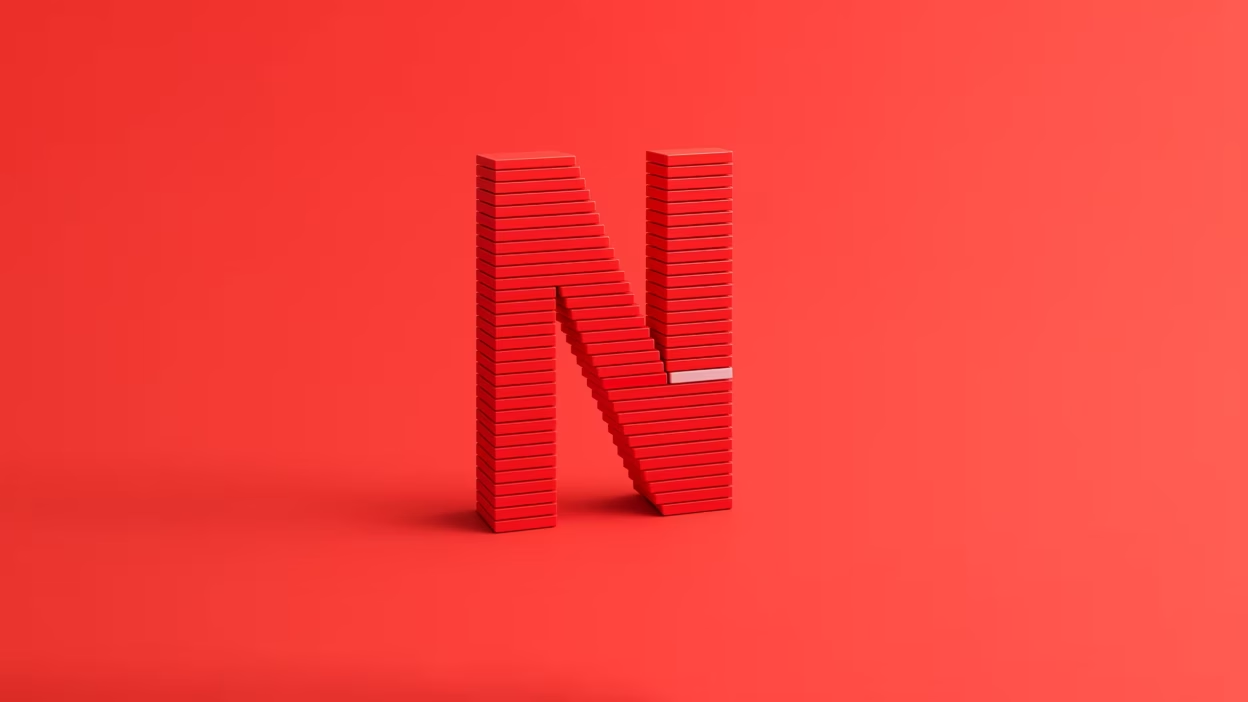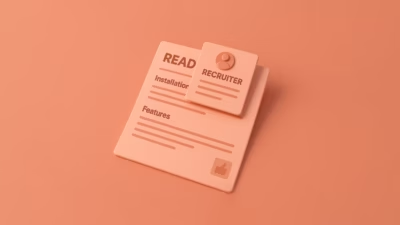Ever wondered what your Netflix habits say about you? Not in a “Netflix thinks you’re into Nordic thrillers” kind of way—but really looked at the numbers? Like: How often do you binge? What day of the week are you most likely to cave at 2am for “just one more episode”? Are your “guilty pleasures” actually half your watch history?
Here’s the fun part: Netflix gives you your entire watch history. Yup—every show, every movie, every “watched again.” It’s all there, waiting to be unpacked like the digital diary you didn’t know you were keeping.
This project isn’t just about practicing Python or building a dashboard—it’s about holding a mirror up to your streaming self. And that makes it the perfect beginner data project. No fake datasets. No CSVs named “customers_2022_v2_FINAL_final.csv.” Just you, your habits, and a few patterns that might surprise you.
Let’s dig in.
Start With the Curiosity, Not the Code
Before you even think about opening a Jupyter notebook, here’s a question: What do you want to know about your Netflix behavior?
This is where real analysis starts—not with code, but with curiosity. Ask yourself stuff like:
- Am I more of a binge-watcher or a sampler?
- Which genres do I actually watch the most (not just say I do)?
- How many minutes a week do I really spend on Netflix?
- Did my watching spike during finals week? (Spoiler: probably.)
- What percentage of my watching happens after midnight?
These aren’t textbook problems. They’re your problems, shaped by your patterns. That’s what makes this project so sticky—it’s easy to stay engaged when the data is about something you already care about.
Getting the Data Is Easier Than You Think
Netflix actually lets you download your viewing activity in just a few clicks. No scraping, no shady hacks. Just head to:
Netflix > Account Settings > Download your personal information
They’ll send you a ZIP file that includes your watch history as a CSV. Open it up and you’ll find something like:
- Title
- Date Watched
- Device Type (sometimes)
- Series Name (if applicable)
And yeah—it’s pretty barebones. But that’s also the beauty of it. Simple structure. No missing fields. Just raw you.
Save that CSV. We’re about to turn it into something way more interesting than a spreadsheet with 700 rows of “The Office.”
Okay, Now the Fun Starts: Questions You Can Actually Answer
This isn’t a step-by-step coding tutorial (you don’t need another one of those). Instead, think of this as a brainstorm—a list of directions you could go. Pick a few. Try them. Add your own.
1. Your Binge Behavior
Netflix doesn’t label binges, but you can. For example:
- Group your watch events by day.
- See how many episodes you watched of the same show on the same day.
- Create a “binge threshold”—maybe watching 3+ episodes back-to-back counts?
Then visualize it. A bar chart of your top binge days by count. Or even better: a time series of how your binge frequency changed over the past year.
Here’s where things get oddly revealing. You’ll spot patterns tied to holidays, heartbreaks, or finals week procrastination. All from a few timestamps.
2. Time-of-Day Habits
Netflix doesn’t timestamp time, just date. But if you enable viewing activity tracking in the mobile app or use browser add-ons, you might have time info.
If not, you can approximate binge windows by clustering multiple episodes watched on the same day. Most people don’t spread out three episodes of “You” across a 12-hour period.
You might discover that your “just one episode before bed” habit consistently ends at 1:47am. That’s data worth knowing.
3. Genre Drift
Now here’s where it gets spicy. The CSV doesn’t include genre—but you can add it. Here’s how:
- Use the show titles to pull metadata via the TMDB API or OMDB API (if you’re feeling adventurous).
- Or build your own simple lookup table for 20–30 of your most-watched shows.
- Once you have genres, tally how many shows fall into each category.
You might find out you’re 70% comedy, 20% crime, and 10% documentary, despite telling people you “mostly watch indie films and documentaries.”
That’s a moment of truth right there.
4. Year-Over-Year Analysis
If you’ve had Netflix for a while, you can split your watch history into years. Then ask:
- Did I watch more in 2020 than 2023? (Pandemic likely skewed everything.)
- What shows defined each year?
- Am I watching more movies now than series?
Put it in a heatmap or timeline. Bonus: annotate it with personal life events to see if stress correlated with certain viewing spikes. (Spoiler: it usually does.)
5. Repeat Watchers Unite
Ever re-watched a comfort show so many times it’s basically your emotional support animal?
Find those. Group by title, count how many days you’ve watched each one. Anything over 20? That’s not just a favorite—that’s a ritual.
You might even create a “re-watch index”:
Number of separate days watched / number of episodes in the show
If that number’s over 2, you’re not re-watching. You’re living there.
Build It, But Keep It Playful
You don’t have to build a fancy dashboard. A notebook with a few neat plots and clear takeaways is enough.
But if you want to flex a little, go for:
- A Streamlit app to display your binge patterns interactively.
- A timeline of top shows watched each month.
- A radial plot of your most common viewing times.
Keep it light, keep it visual, and don’t forget to laugh at yourself along the way. This isn’t client work—it’s your Netflix habit. Own the weirdness.
Why This Project Works (And Why You Should Absolutely Do It)
Too many beginner data projects feel disconnected. Titanic survival predictions? Fine. Iris flower classification? Cool, I guess. But it’s hard to stay engaged when the data has nothing to do with your life.
This one’s different.
You’re the dataset.
That means:
- You care about the outcome.
- You can instantly sanity-check the results.
- You learn how messy, biased, and hilarious real data can be.
Plus, when someone asks about your portfolio in an interview? Telling them about the time you found out you watched 27 episodes of “Selling Sunset” during a breakup is… weirdly compelling.
It’s honest. It’s human. And it shows you know how to think with data, not just code with it.
tl;dr – What You’ll Actually Get Out of This
- A personal, relevant dataset you won’t abandon halfway through.
- Real skills: data cleaning, grouping, visualizing, enriching with APIs.
- A deeper understanding of how to ask questions of data.
- And maybe, just maybe, the realization that your “casual” Netflix habit is 48 hours a month.
And no—you don’t need to share the results with anyone. But if you do, I guarantee you’ll get better reactions than another Titanic survival analysis.
So go ahead. Download that CSV. Start poking around. Laugh at your own patterns. Build something fun.
Because when the data is about you? The analysis writes itself.





